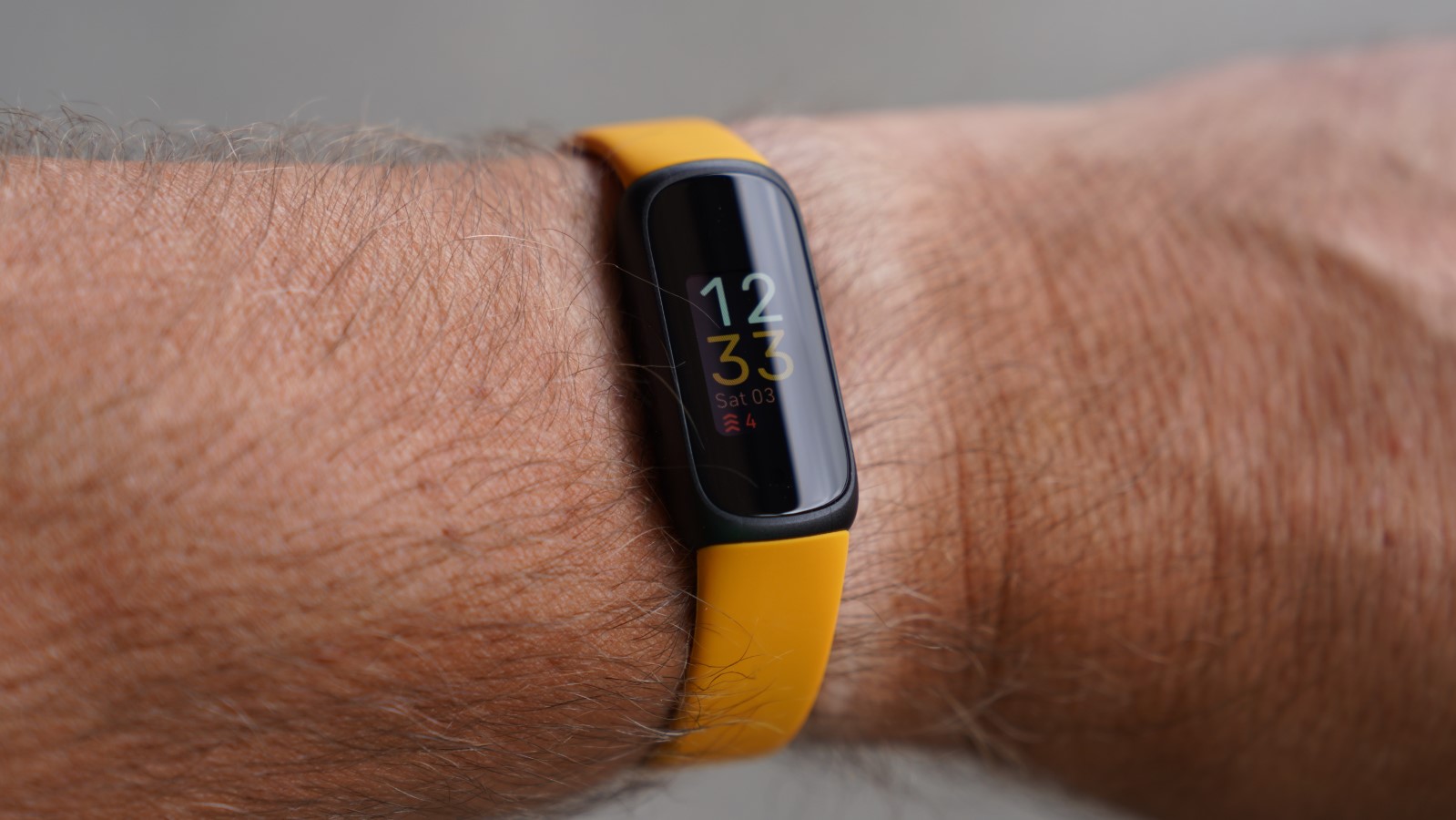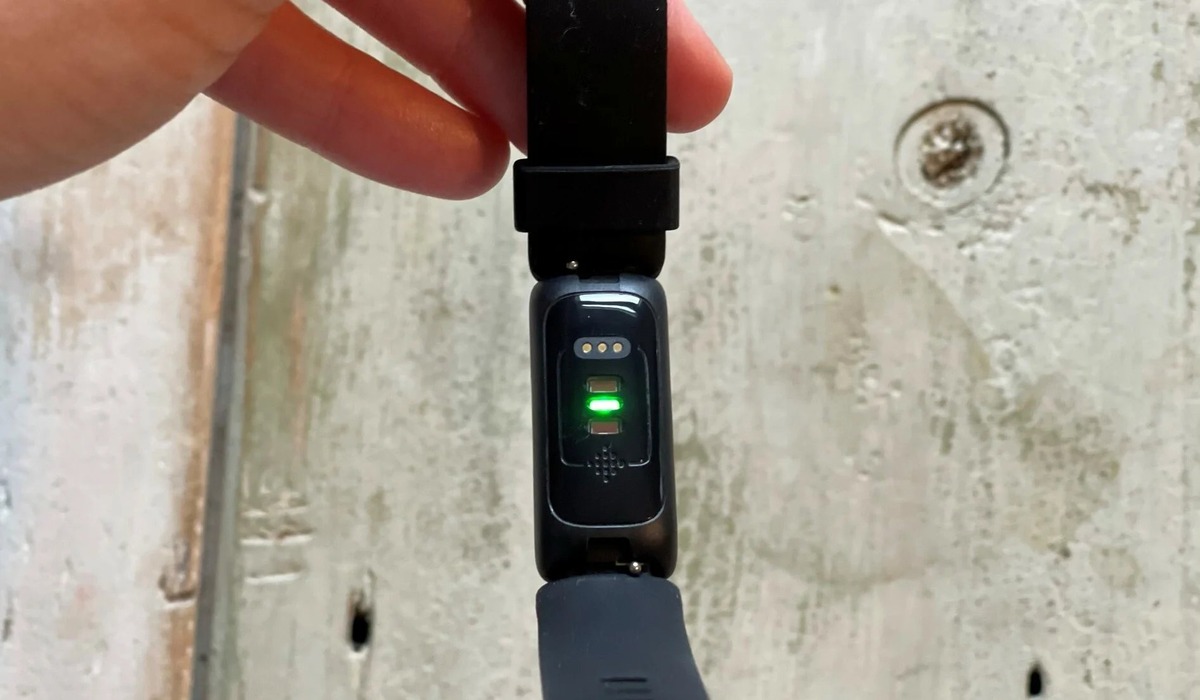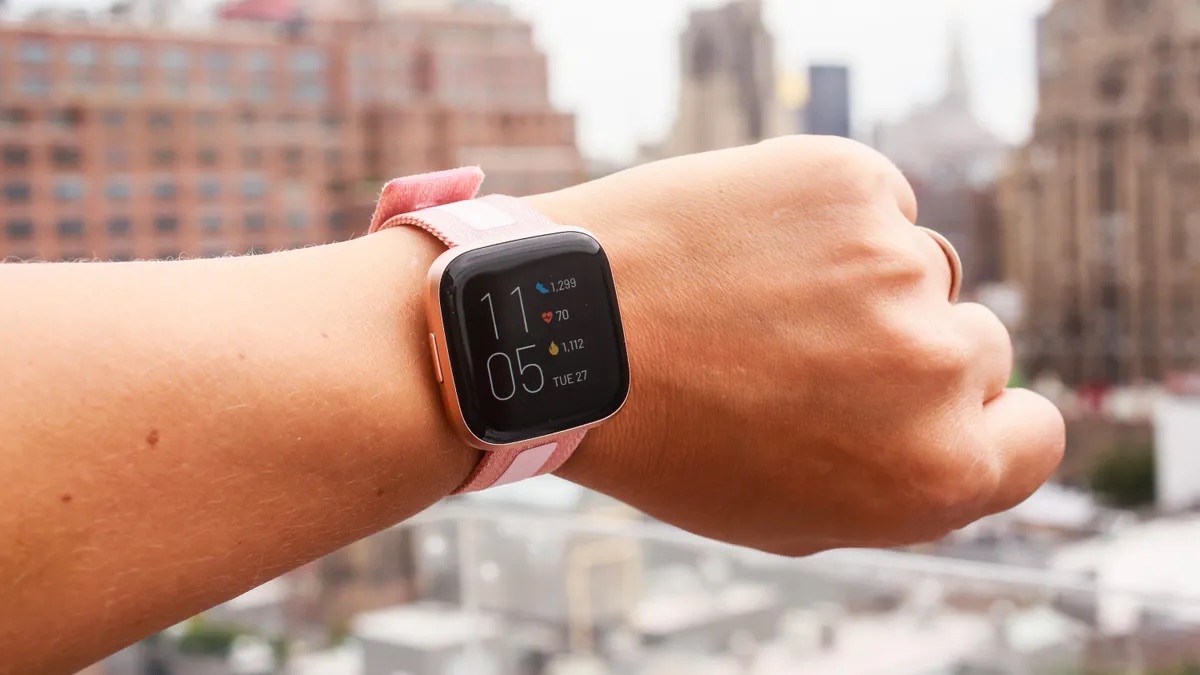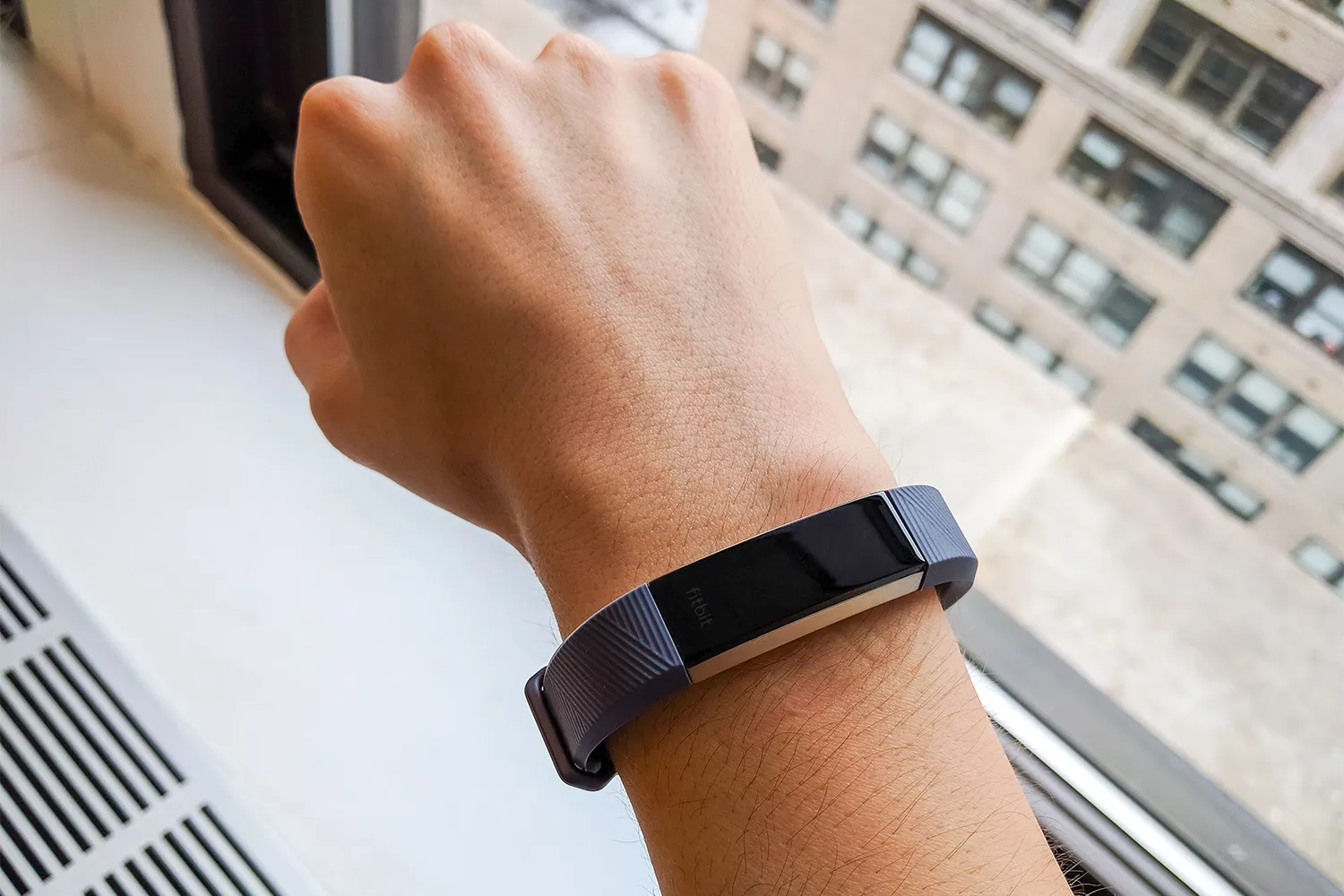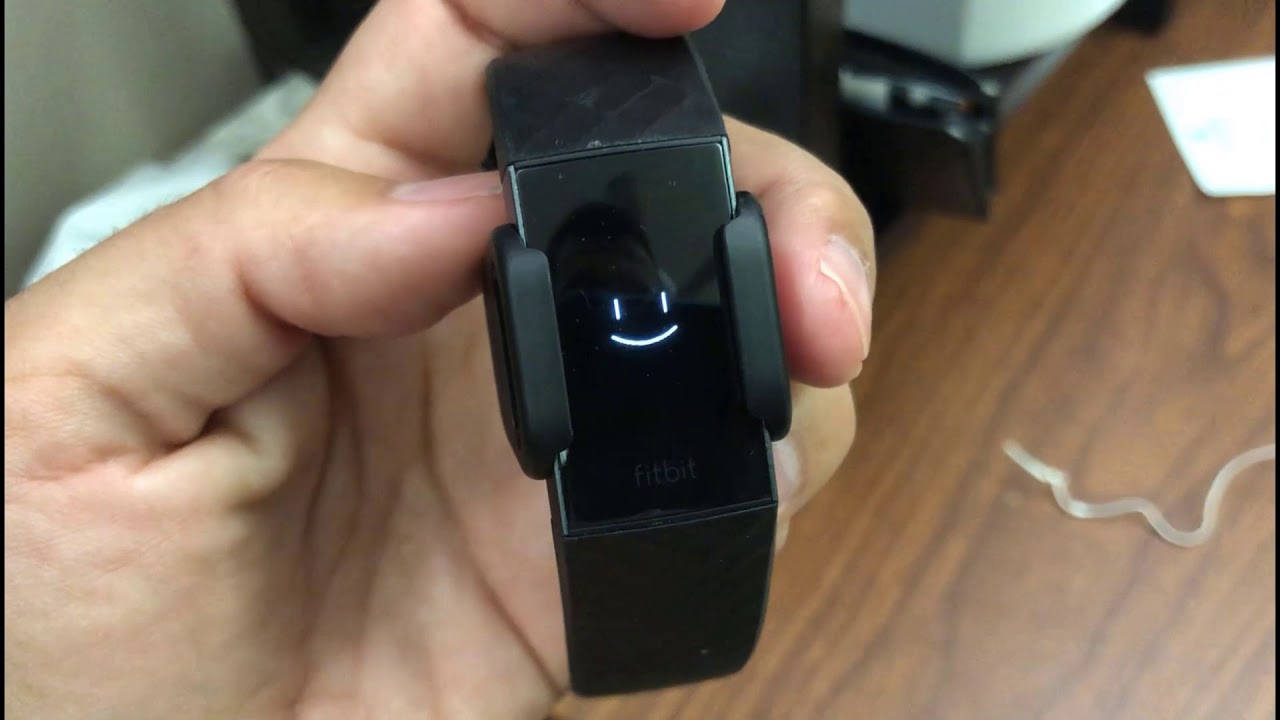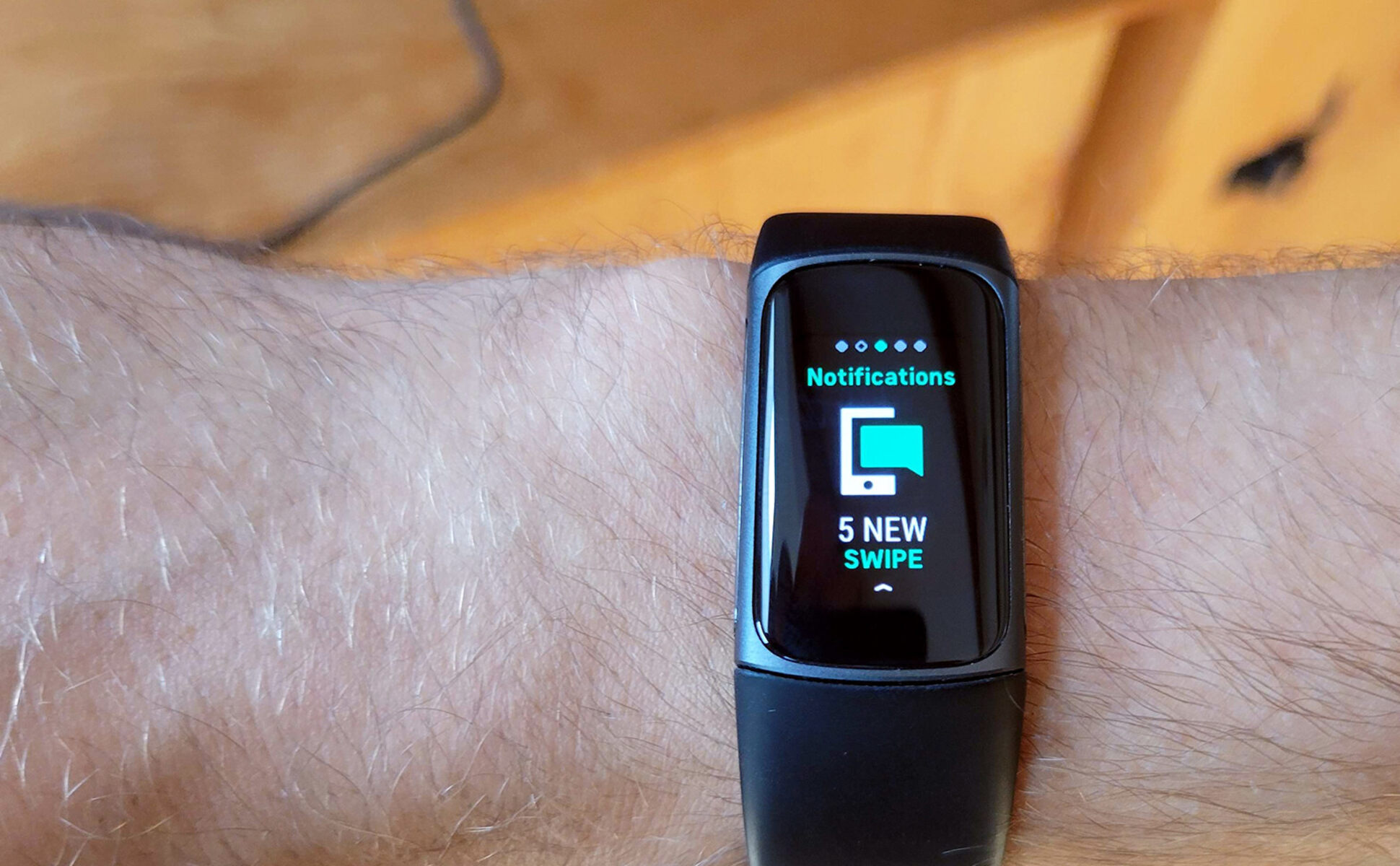Introduction
Wearable technology has revolutionized the way we approach fitness and health monitoring. Among the myriad of wearable devices available, Fitbit has emerged as a prominent player, offering a comprehensive suite of features designed to track and enhance the user's well-being. Understanding the intricacies of Fitbit technology provides valuable insights into how this innovative device operates and how it can benefit users in their quest for a healthier lifestyle.
Fitbit technology encompasses a sophisticated blend of hardware and software, seamlessly integrated to deliver a user-friendly experience. By delving into the core functionalities of Fitbit, we gain a deeper appreciation for the science and engineering behind this cutting-edge wearable.
In this article, we will embark on an enlightening journey through the inner workings of Fitbit technology. From the intricate sensors that capture vital data to the advanced algorithms that process and interpret this information, we will unravel the mechanisms that power the Fitbit ecosystem. Furthermore, we will explore how Fitbit's seamless data synchronization and intuitive display mechanisms provide users with actionable insights into their activity levels, sleep patterns, and overall health.
Join us as we venture behind the scenes to demystify the magic of Fitbit technology. By the end of this exploration, you will have a newfound understanding of the intricate processes that drive the Fitbit experience, empowering you to make informed decisions about your health and well-being. Let's embark on this captivating journey into the heart of Fitbit technology, where innovation meets empowerment.
Fitbit Technology Overview
Fitbit technology represents a harmonious fusion of cutting-edge hardware and intelligent software, meticulously engineered to empower users in their pursuit of a healthier lifestyle. At its core, Fitbit is designed to seamlessly integrate into the user's daily routine, providing comprehensive insights into their activity levels, sleep patterns, and overall health. This overview will shed light on the key components and functionalities that form the bedrock of Fitbit technology.
Hardware Components
At the heart of Fitbit technology lies a suite of meticulously crafted hardware components, each serving a specific purpose in capturing and processing vital health and fitness data. From advanced sensors that monitor heart rate and movement to the sleek display that presents real-time information, Fitbit's hardware is a testament to precision engineering. The seamless integration of these components into the wearable device ensures a comfortable and unobtrusive user experience, allowing individuals to effortlessly incorporate fitness tracking into their daily lives.
Software Integration
Complementing its robust hardware, Fitbit boasts a sophisticated software ecosystem that leverages advanced algorithms to analyze and interpret the data collected by its sensors. This seamless integration of hardware and software enables Fitbit to provide users with actionable insights, personalized guidance, and meaningful feedback to support their health and fitness goals. The intuitive user interface of the Fitbit app further enhances the overall experience, empowering users to effortlessly navigate through their data and glean valuable information at a glance.
Ecosystem Connectivity
Fitbit's technology extends beyond the wearable device itself, encompassing a comprehensive ecosystem that seamlessly integrates with smartphones, computers, and other compatible devices. This interconnectedness allows users to effortlessly sync their data, receive notifications, and access an array of features that enhance their overall experience. Whether it's tracking workouts, monitoring sleep, or staying connected on the go, Fitbit's ecosystem ensures that users remain seamlessly engaged with their health and fitness journey.
User-Centric Design
One of the hallmarks of Fitbit technology is its user-centric design, which prioritizes accessibility, simplicity, and personalization. The intuitive nature of Fitbit's interface, coupled with its customizable settings and personalized insights, ensures that users of all levels can harness the power of the technology to optimize their well-being. This emphasis on user experience underscores Fitbit's commitment to empowering individuals to take control of their health in a way that is both effective and enjoyable.
In essence, the Fitbit technology overview encapsulates a holistic approach to health and fitness tracking, underpinned by a seamless integration of hardware, software, ecosystem connectivity, and user-centric design. This comprehensive blend of elements forms the foundation of Fitbit's innovative technology, empowering users to embark on a transformative journey towards a healthier, more active lifestyle.
How Fitbit Tracks Activity
Fitbit employs a multifaceted approach to track activity, offering users a comprehensive understanding of their daily movements and exercise routines. The amalgamation of advanced sensors, intelligent algorithms, and seamless integration with the Fitbit app facilitates precise activity tracking, empowering users to gain valuable insights into their physical exertion throughout the day.
1. Motion Sensors
Fitbit devices are equipped with advanced motion sensors, such as accelerometers and gyroscopes, which meticulously capture the user's movements. These sensors detect changes in velocity, orientation, and gravitational forces, enabling the device to discern various activities, including walking, running, cycling, and even climbing stairs. By continuously monitoring these movements, Fitbit accurately quantifies the user's active minutes, steps taken, and overall energy expenditure.
2. Heart Rate Monitoring
In addition to motion sensors, many Fitbit devices feature integrated heart rate monitors that leverage photoplethysmography (PPG) technology to measure the user's heart rate with exceptional precision. This real-time heart rate data enhances the accuracy of activity tracking, allowing Fitbit to differentiate between light, moderate, and vigorous exercise intensities. By analyzing heart rate patterns, Fitbit provides users with valuable insights into their cardiovascular exertion during various activities, further enriching the overall activity tracking experience.
3. SmartTrack Technology
Fitbit's proprietary SmartTrack technology intelligently recognizes and records specific activities, such as walking, running, and aerobic workouts, without requiring manual input from the user. This automated activity recognition streamlines the tracking process, ensuring that users receive a comprehensive overview of their daily physical activities without the need for constant manual logging. By seamlessly integrating SmartTrack into the user experience, Fitbit simplifies activity tracking, making it effortless for individuals to monitor their exercise habits and progress over time.
4. Sleep Tracking
Beyond daytime activities, Fitbit also incorporates advanced sleep tracking capabilities, allowing users to gain insights into their sleep duration, quality, and patterns. By leveraging motion sensors and heart rate monitoring during sleep, Fitbit meticulously captures the user's sleep stages, including light, deep, and REM sleep, providing a holistic view of their nightly rest. This comprehensive approach to sleep tracking complements the activity monitoring features, empowering users to optimize both their daytime and nighttime routines for improved overall well-being.
In essence, Fitbit's activity tracking capabilities encompass a harmonious blend of motion sensors, heart rate monitoring, automated activity recognition, and comprehensive sleep tracking. This multifaceted approach enables users to gain a nuanced understanding of their physical exertion and rest, empowering them to make informed decisions to enhance their overall health and fitness journey.
Understanding Fitbit's Heart Rate Monitoring
Fitbit's heart rate monitoring functionality represents a pivotal aspect of its comprehensive health and fitness tracking capabilities. By leveraging advanced photoplethysmography (PPG) technology, Fitbit devices are adept at capturing and analyzing the user's heart rate with exceptional accuracy and precision. This real-time heart rate data serves as a cornerstone in providing users with invaluable insights into their cardiovascular exertion during various activities, thereby enhancing the overall activity tracking experience.
The integration of PPG sensors within Fitbit devices enables the non-invasive measurement of blood volume changes, allowing for the precise detection of the user's heart rate variations. This technology operates by emitting and capturing light signals that penetrate the skin and blood vessels, thereby detecting the minute fluctuations in blood volume associated with each heartbeat. By analyzing these subtle changes, Fitbit's heart rate monitoring system delivers continuous and reliable heart rate data, empowering users to gain a deeper understanding of their physiological responses during exercise, rest, and daily activities.
Furthermore, Fitbit's heart rate monitoring extends beyond basic pulse tracking, encompassing the ability to discern exercise intensities and cardiovascular exertion levels. By analyzing the user's heart rate patterns in conjunction with motion data, Fitbit accurately categorizes activities into distinct intensity zones, including fat burn, cardio, and peak zones. This nuanced approach enables users to gauge the effectiveness of their workouts, optimize their training regimens, and maintain their exercise intensities within targeted heart rate zones, thereby maximizing the efficiency of their fitness endeavors.
Moreover, Fitbit's heart rate monitoring functionality seamlessly integrates with the broader health and wellness ecosystem, providing users with actionable insights and personalized guidance. By correlating heart rate data with sleep patterns, stress levels, and overall activity, Fitbit empowers users to gain a holistic understanding of their well-being, facilitating informed decision-making and proactive health management.
In essence, Fitbit's heart rate monitoring technology epitomizes precision, reliability, and versatility, serving as a fundamental tool for users to optimize their fitness routines, monitor their cardiovascular health, and make informed choices to enhance their overall well-being. The seamless integration of advanced PPG sensors and intelligent algorithms underscores Fitbit's commitment to delivering a comprehensive and empowering health and fitness experience to its users.
The Role of Fitbit's Sensors
Fitbit's sensors play a pivotal role in capturing a diverse array of physiological data, enabling the seamless tracking of vital health and fitness metrics. These advanced sensors, meticulously integrated into Fitbit devices, serve as the frontline data collectors, capturing nuanced information that forms the foundation of the user's health and wellness insights.
1. Accelerometers and Gyroscopes
Fitbit devices are equipped with sophisticated accelerometers and gyroscopes, which function in tandem to detect and quantify the user's movements with exceptional precision. The accelerometers measure changes in velocity and orientation, allowing Fitbit to accurately record steps taken, distance traveled, and overall physical activity. Meanwhile, the gyroscopes detect rotational movements, further enhancing the device's ability to discern various activities, such as cycling, running, and even swimming. This comprehensive motion tracking capability ensures that users receive a detailed overview of their daily activities, empowering them to make informed decisions to optimize their fitness routines.
2. Heart Rate Monitors
The integration of advanced photoplethysmography (PPG) sensors within Fitbit devices enables the non-invasive measurement of the user's heart rate with exceptional accuracy. These sensors emit and capture light signals that penetrate the skin and blood vessels, allowing Fitbit to detect subtle blood volume changes associated with each heartbeat. By continuously monitoring these fluctuations, Fitbit delivers real-time and reliable heart rate data, empowering users to gauge their cardiovascular exertion during exercise, rest, and daily activities. This heart rate data serves as a cornerstone in providing users with valuable insights into their physiological responses, thereby enhancing the overall health and fitness tracking experience.
3. SpO2 Sensors
Some Fitbit devices feature SpO2 sensors, which measure the user's blood oxygen saturation levels. This functionality provides users with insights into their respiratory health and sleep quality, as variations in blood oxygen levels can indicate potential breathing irregularities during sleep. By leveraging SpO2 sensors, Fitbit enables users to gain a comprehensive understanding of their overall well-being, facilitating proactive health management and informed decision-making.
4. Ambient Light Sensors
Fitbit devices may incorporate ambient light sensors to adjust display brightness based on environmental conditions, ensuring optimal visibility and user comfort in varying lighting scenarios. This thoughtful integration enhances the user experience, underscoring Fitbit's commitment to delivering a seamless and user-centric wearable technology.
In essence, Fitbit's sensors form the bedrock of its data capture capabilities, enabling the precise monitoring of physical activity, heart rate, blood oxygen levels, and environmental conditions. This comprehensive sensor suite empowers users to gain holistic insights into their health and wellness, fostering proactive engagement with their fitness and well-being.
Fitbit's Data Processing and Analysis
Fitbit's data processing and analysis represent the cornerstone of its ability to transform raw sensor data into meaningful insights and actionable information for users. This intricate process involves the seamless integration of advanced algorithms, machine learning techniques, and user-centric design principles, culminating in a comprehensive health and fitness experience that empowers individuals to take control of their well-being.
Upon capturing data from its array of sensors, Fitbit initiates a sophisticated data processing pipeline designed to extract valuable metrics and patterns. The raw sensor data, comprising motion, heart rate, and other physiological signals, undergoes meticulous preprocessing to filter out noise and artifacts, ensuring the accuracy and reliability of the derived metrics. This preprocessing stage lays the groundwork for subsequent analysis, setting the stage for the extraction of actionable insights.
Fitbit's data analysis encompasses a multifaceted approach, leveraging advanced algorithms to interpret the processed sensor data and derive meaningful health and fitness metrics. From quantifying steps taken and calories burned to discerning sleep stages and heart rate patterns, the algorithms work tirelessly to distill the raw data into actionable information that users can readily comprehend and utilize in their wellness journey.
Furthermore, Fitbit harnesses the power of machine learning to continuously enhance its data analysis capabilities. By leveraging historical user data and iterative learning processes, Fitbit's algorithms adapt and evolve, enabling the generation of personalized recommendations, trend analysis, and predictive insights. This iterative refinement ensures that the information presented to users remains relevant, insightful, and tailored to their individual health and fitness goals.
The user-centric design principles embedded within Fitbit's data processing and analysis framework ensure that the derived insights are presented in a clear, intuitive manner, accessible to users of all levels. The Fitbit app serves as a conduit for delivering these insights, offering users a holistic view of their activity, sleep, heart rate, and overall well-being. By distilling complex data into actionable metrics and personalized recommendations, Fitbit empowers users to make informed decisions and take proactive steps towards achieving their health and fitness objectives.
In essence, Fitbit's data processing and analysis represents a harmonious blend of advanced algorithms, machine learning, and user-centric design, culminating in a transformative health and fitness experience. By seamlessly transforming raw sensor data into actionable insights, Fitbit empowers users to embark on a journey towards improved well-being, armed with the knowledge and guidance needed to make meaningful lifestyle changes.
Syncing and Displaying Data
Fitbit's seamless data synchronization and intuitive display mechanisms represent the culmination of its commitment to delivering a user-centric health and fitness experience. The process of syncing and displaying data is pivotal in empowering users to effortlessly access and interpret their health and wellness metrics, fostering proactive engagement with their well-being.
Seamless Data Synchronization
Fitbit's ecosystem is designed to seamlessly integrate with smartphones, computers, and other compatible devices, enabling users to effortlessly sync their data across multiple platforms. This interconnectedness ensures that users can access their health and fitness metrics at their convenience, whether they are at home, at work, or on the go. The seamless synchronization process allows for real-time updates, ensuring that users have access to the latest information regarding their activity levels, sleep patterns, heart rate, and overall well-being. This constant connectivity underscores Fitbit's commitment to delivering a cohesive and accessible user experience, fostering continuous engagement with health and fitness data.
Intuitive Display Mechanisms
Fitbit devices feature sleek and intuitive displays that present a wealth of health and fitness information in a clear and accessible manner. From step counts and heart rate data to sleep summaries and exercise metrics, the displays provide users with at-a-glance access to their vital health and wellness insights. The user-centric design of Fitbit's displays ensures that information is presented in a visually engaging and comprehensible format, catering to users of all levels. Whether it's checking progress towards daily activity goals, reviewing sleep quality trends, or monitoring heart rate patterns during exercise, Fitbit's displays empower users to stay informed and motivated in their health and fitness journey.
Actionable Insights and Personalized Guidance
In addition to presenting raw health and fitness data, Fitbit's displays serve as a conduit for delivering actionable insights and personalized guidance. Users can readily access personalized recommendations, activity trends, and wellness tips directly from their devices, fostering a proactive approach to health management. By distilling complex data into actionable recommendations, Fitbit's displays empower users to make informed decisions and implement positive lifestyle changes. This seamless integration of data display and actionable insights underscores Fitbit's commitment to delivering a comprehensive and empowering health and fitness experience.
In essence, Fitbit's synchronization and display mechanisms embody a user-centric approach to health and fitness tracking, ensuring that users have seamless access to their data and actionable insights. By leveraging intuitive displays and seamless synchronization, Fitbit empowers users to stay informed, engaged, and motivated on their journey towards improved well-being.
Conclusion
In conclusion, the inner workings of Fitbit technology unveil a captivating tapestry of precision engineering, intelligent algorithms, and user-centric design, all harmoniously integrated to deliver a transformative health and fitness experience. From the advanced sensors that meticulously capture vital data to the seamless synchronization and intuitive display of actionable insights, Fitbit technology represents a pinnacle of innovation in the wearable technology landscape.
The comprehensive suite of hardware components, including motion sensors, heart rate monitors, and SpO2 sensors, forms the bedrock of Fitbit's data capture capabilities, enabling the precise monitoring of physical activity, heart rate, blood oxygen levels, and environmental conditions. This multifaceted sensor suite empowers users to gain holistic insights into their health and wellness, fostering proactive engagement with their fitness and well-being.
Furthermore, Fitbit's data processing and analysis, underpinned by advanced algorithms and machine learning techniques, distill raw sensor data into meaningful insights and actionable information for users. This intricate process ensures that the information presented remains relevant, insightful, and tailored to individual health and fitness goals. By seamlessly transforming raw sensor data into actionable insights, Fitbit empowers users to make informed decisions and take proactive steps towards achieving their health and fitness objectives.
The seamless synchronization and intuitive display mechanisms of Fitbit's ecosystem underscore its commitment to delivering a cohesive and accessible user experience, fostering continuous engagement with health and fitness data. The interconnectedness of Fitbit's ecosystem ensures that users can access their health and fitness metrics at their convenience, while the intuitive displays provide users with at-a-glance access to their vital health and wellness insights, fostering proactive engagement with their well-being.
In essence, Fitbit technology transcends the realm of mere wearables, emerging as a steadfast companion in the pursuit of a healthier lifestyle. By unraveling the magic behind Fitbit technology, users gain a newfound understanding of the intricate processes that drive the Fitbit experience, empowering them to make informed decisions about their health and well-being. Fitbit's commitment to precision, reliability, and user empowerment cements its position as a trailblazer in the realm of health and fitness technology, inspiring individuals to embark on a transformative journey towards improved well-being.









